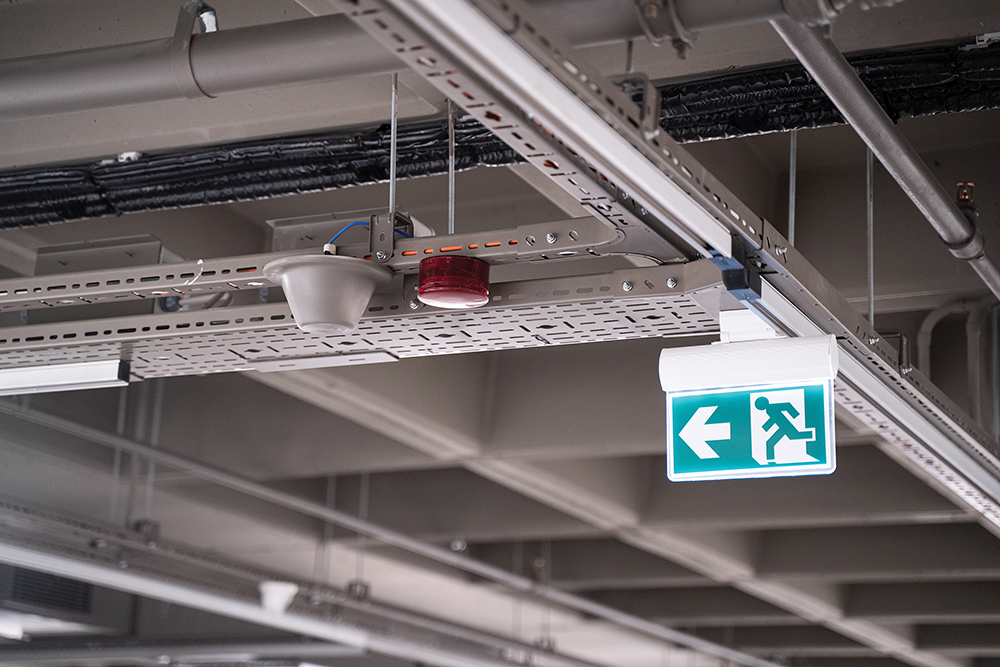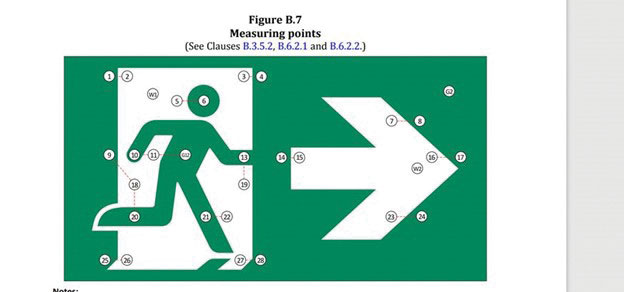As expected, the 2002 Canadian Electrical Code contains some changes in the rules for wiring. Most of the new requirements are beneficial, in that they make some new products available or provide new applications for existing products without affecting electrical safety overall. This article reviews a few of the more meaningful changes in 2002.
An enhanced requirement, Rule 12-012(11) now stipulates that conductors underground have a “suitable marking tape buried approximately halfway between the installation and grade level,” or have some other means to identify their locations and depth. This requirement is much more specific than the previous rule, which only asked for “adequate marking in a conspicuous location.” The new rule is more precise. The earlier one could have been interpreted in several different ways. This helps to reduce the risks when digging or excavating.
The uses of electrical nonmetallic tubing have been expanded. Previously, Rule 12-1502(2)(d) specifically prohibited using this material without mechanical protection. New Rule 12-1500 permits it to be used when “exposed where not subject to damage and in compliance with Rule 2-128.” An Appendix B reference to Rule 2-128 shows that nonmetallic raceways, when exposed in buildings of noncombustible construction, must have a minimum FT-4 flame spread rating and a maximum .625 square millimeters cross-sectional area.
Earlier versions of Rule 36-100(2) excluded electrical metallic tubing installed in buildings for circuits above 750 volts. Rule 36-100(2) now includes EMT in the list of acceptable high voltage wiring methods. I’m baffled as to why this change came about, since it does nothing to improve electrical safety at higher voltages and may even increase the risks.
The 1998 Canadian Electrical Code, Rule 12-2202(2) for cable tray installations specified that “The maximum design load and associated support spacings shall not exceed the values specified in Table 42.” This table provided maximum design loads and support spacings for cable trays. The new Rule 12-2200(2) now prescribes that maximum loads and support spacings be obtained from the cable tray manufacturer. As expected, Table 42 is deleted from the code —a more practicable approach to cable tray installations.
For many years, Rule 4-028(1) required that all insulated neutral conductors up to 2 AWG “be identified by a white or natural grey covering.” As an alternative, Rule 4-030 permits neutral conductors larger than 2 AWG “to be suitably labelled or otherwise clearly marked at each end.” New Sub-Rule (4) has been added to Rule 4-028, allowing neutral conductors in multiconductor cables to be identified by “painting or other suitable means” where accessible as long as the manufacturer’s markings are not obscured. This would apply to cables of any size.
There is also a new requirement under 4-028(1)(a), that the neutral conductor covering must be white or natural grey when installed in a service raceway for low voltage services up to 200 amperes. This would imply that if one used a 3/0 AWG neutral conductor (larger than 2 AWG), it would need to be white or natural grey. In this case, painting or taping would be unacceptable, even though it’s larger than 2 AWG.
A 1998 code requirement in Rule 36-100(4) made it necessary to provide permanent markers to identify the locations of high voltage cables in concrete or masonry, set into walls, floors or ceilings. Rule 36-100(4) now specifies that these markers be spaced no wider that 3 meters apart. These changes are beneficial, designed to minimize risks when drilling or otherwise inadvertently making contact with dangerous, high voltage wiring and the predictable results.
Rule 12-314 now requires that trestles that support wiring over buildings “”be constructed to bear the mechanical force of the conductors.”” Such forces should include the weights of the cables as well as short-circuit forces. The previous rule only required that trestles be constructed “of steel or other suitable material.”
Rule 18-156 introduces a new type of cable, type CIC (non-armoured control and instrument cable) now acceptable in cable tray in a Class I, Zone 2 hazardous location. The conditions for such use are that cable must have a minimum 300-volt insulation rating, the maximum circuit voltage is 150 volts and the maximum loading is 5 amperes.
In past codes, Rule 32-202 (a) and (b) required that fire pumps be wired in either metal raceways, armoured cables or metallic sheathed cables. Subrules (c) and (d) have been added to also permit rigid nonmetallic conduit and electrical nonmetallic tubing “embedded in at least 50 mm of masonry or poured concrete.” Rigid nonmetallic conduit is also permitted underground.
Rule 12-3034(1) Wiring Space in Enclosures still generally requires that electrical equipment enclosures not be used as junction boxes, troughs or raceways for wiring feeding through to other equipment. But this rule opens a new door by introducing two interesting exceptions:
a) When tapping a feeder to other electrical equipment when there is a separate lug for each tap conductor, the lugs are accessible and no more than 75 percent of the available equipment wiring space is used.
b) Electrical equipment may also be used as a raceway in an existing installation as a feed through to other equipment when no more than 40 percent of the cross-sectional wiring space is filled.
As with past articles, you should always consult the electrical inspection authority in each province or territory as applicable for a more precise interpretation of any of the above.










Find Us on Socials